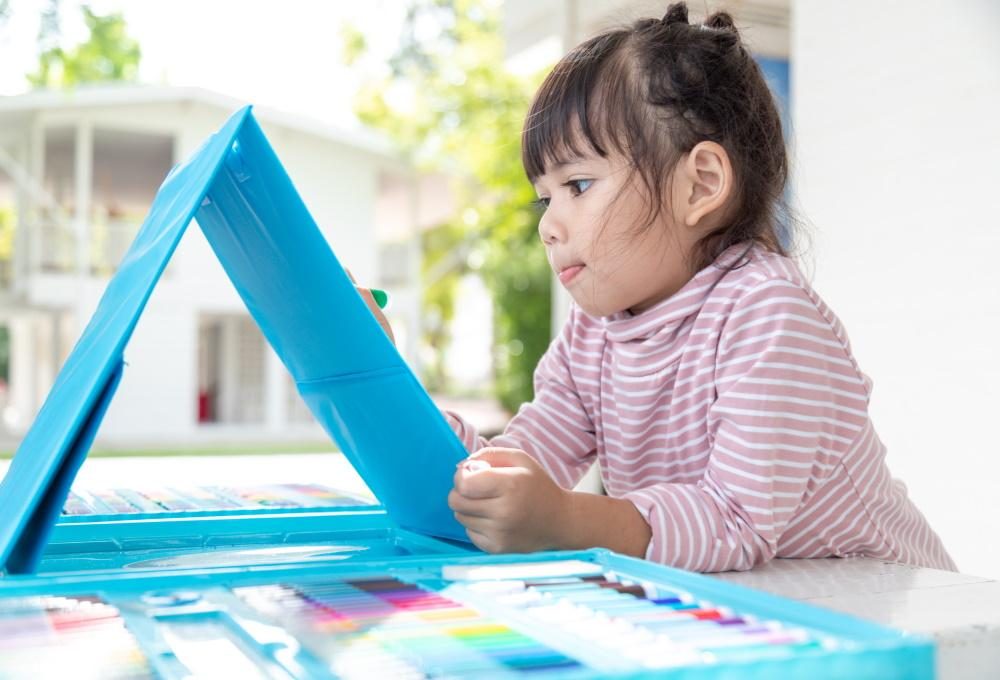Using Digital Resources To Support Your Child’s Education
by on 02/08/2025 ...

Digital resources have been widely utilized to enhance learning for children. Findings from a 2022 UNESCO report shows that Asia Pacific countries such as Malaysia, China, India and Thailand adopted new technology practices to produce positive educational outcomes for young students. So on that note, here are some exciting ways you can support your child’s education through digital resources:
1. Encourage exploration and empathy through virtual reality
Virtual reality (VR) games can enable your child to grasp difficult concepts. These aren’t only limited to math equations or science-related topics. To illustrate, classrooms in Singapore have employed VR to teach subjects like history and geography. Through VR, social and emotional competencies in children were developed, particularly, perspective-taking and responsible decision-making. One way you can support your kid as they navigate through VR is by vetting each game so that they’re appropriate for your child’s age. You can also join in on the fun and play alongside them. This way, you’re there to answer any questions they may have and become an active participant in their learning.

2. Utilize web-based materials to boost your child’s engagement
Web-based tools can encourage children to participate more actively in their learning. In Thailand, for example, podcasts, online videos, and audio materials have greatly facilitated multisensory learning. Similarly, you can also create an adventure quest wherein your child has to consolidate information from the internet to learn about a specific topic. In the referenced UNESCO report, it’s shown activities that are centered around web-based materials can not only strengthen your child’s knowledge, it can likewise help imbue independence in them. At the end of the day, be sure to assess each article or online video your kid has gathered. You can go through them one by one and discuss what each material has contributed to the topic at hand.
3. Supplement your child’s learning with digital productivity tools
Digital productivity tools like graphics programs, word processors, and spreadsheets enable your child to create their own content, thus allowing them to exercise their creativity. After your child gathers information about a certain topic on health or history, they can use the above applications to present their findings in a unique manner. What’s even better about digital productivity tools is that they can streamline children’s screen time. Our article ‘Let’s talk about screen time for children’ discusses that increased screen time is associated with mental health issues, behavioral problems, poorer sleep, and reduced academic performance. As such, limit screen time to less than an hour daily for children who are two to five years old. If you have an older child, you can adjust the time to two to three hours. Once you’ve provided your child with digital productivity tools, you can rest assured their screen time will be more fruitful thereby reducing the need for extra hours.
Digital resources can produce wonderful learning experiences for your child. One caveat is that you should be there to guide them as they explore these new technologies.
This article was written by Ariana Chester.































